SHT31-DIS-F2.5KS Temperature and humidity sensor
SHT3x Humidity and Temperature Sensors
Protects the sensor from water and dust according to IP67
Allows for sensor use under harsh environmental conditions
Withstands multiple standard reflow cycles
Lasts over total sensor life time
Delivered in T&R Packaging
On-package membrane protected by exclusive license for several patents
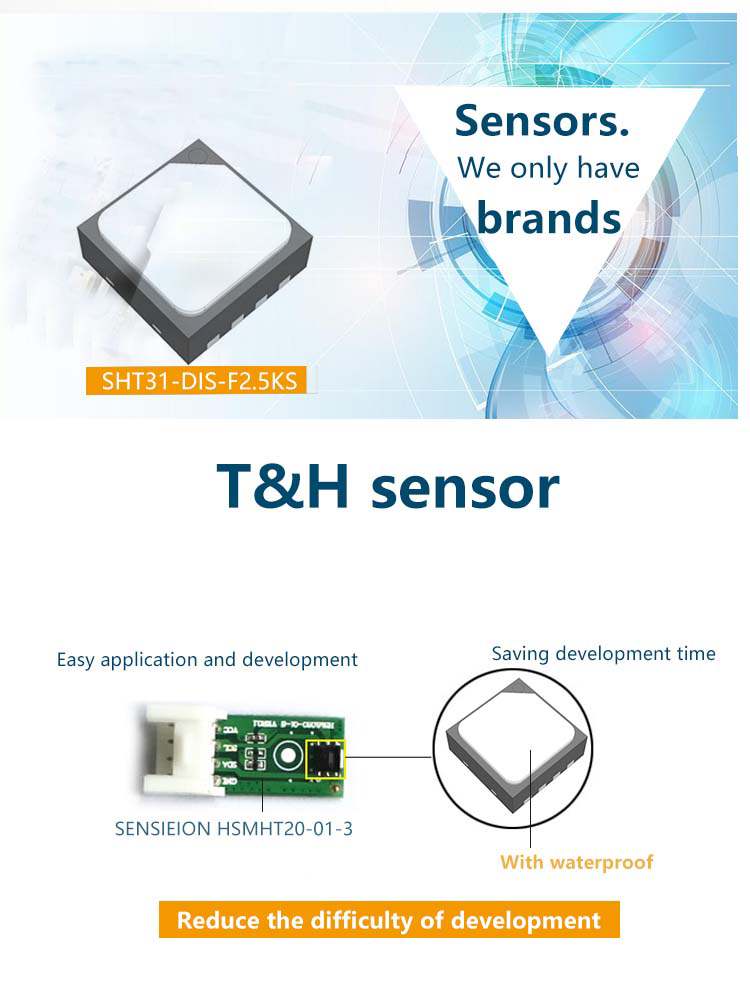
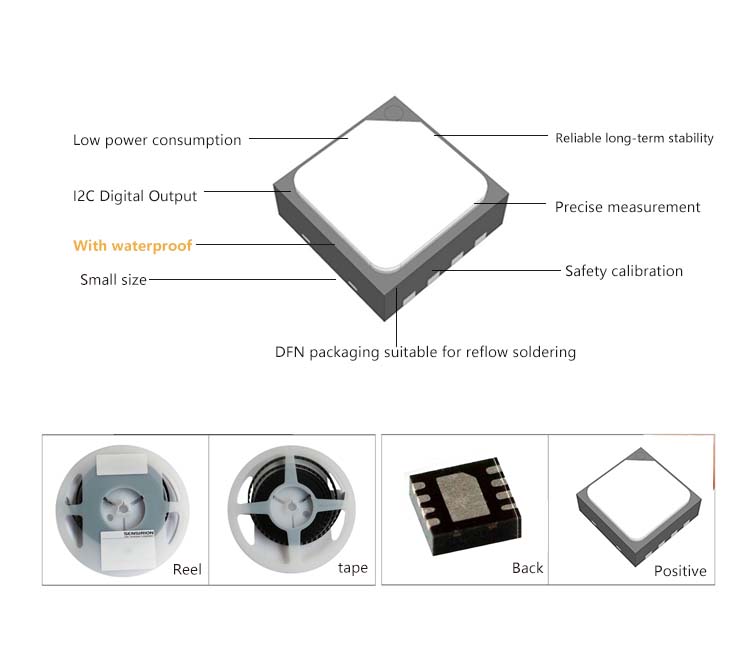
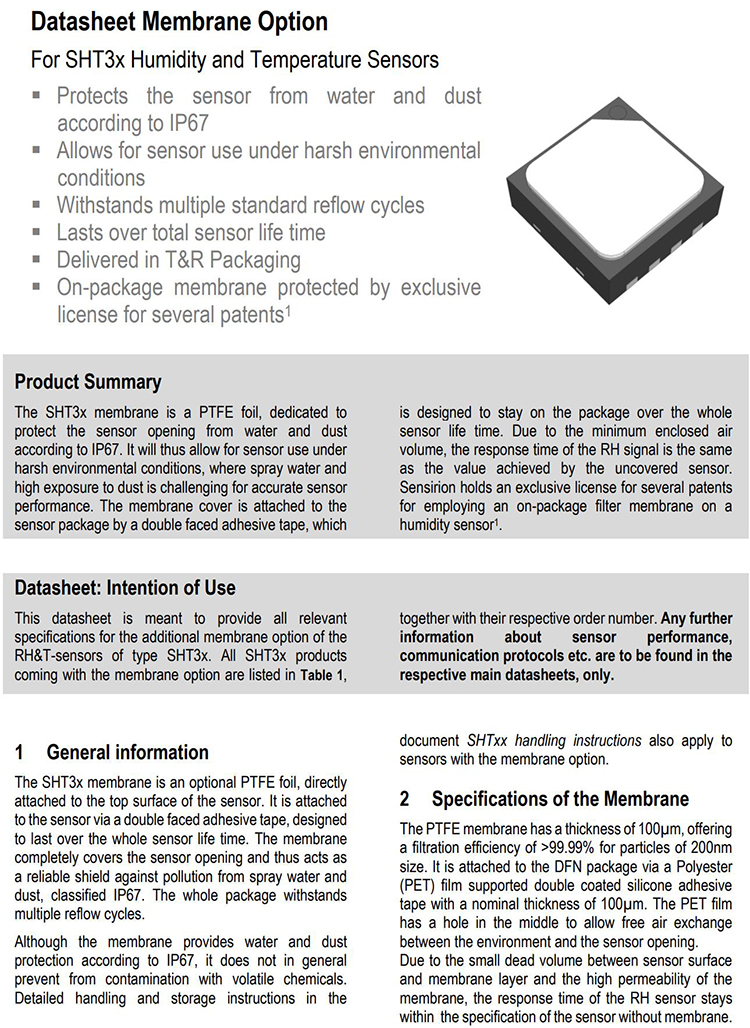
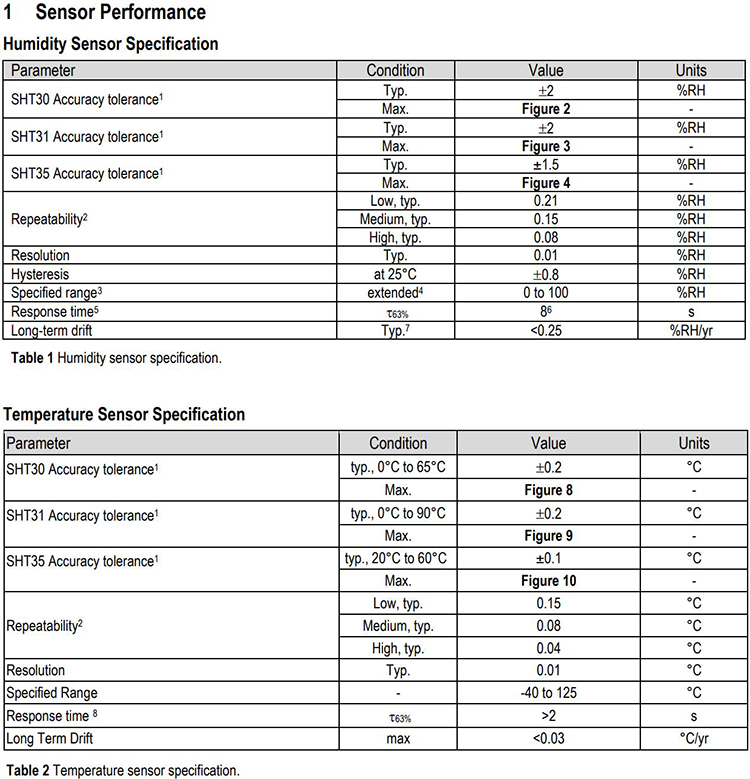
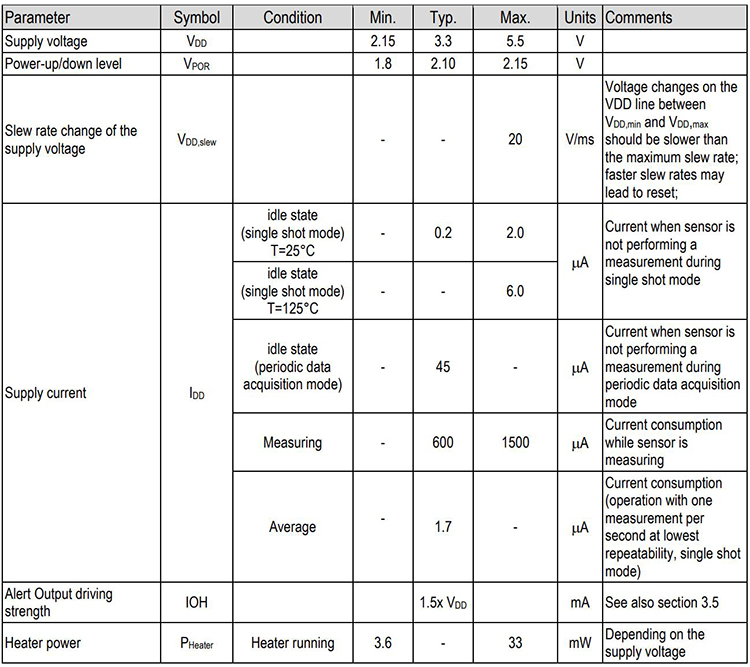
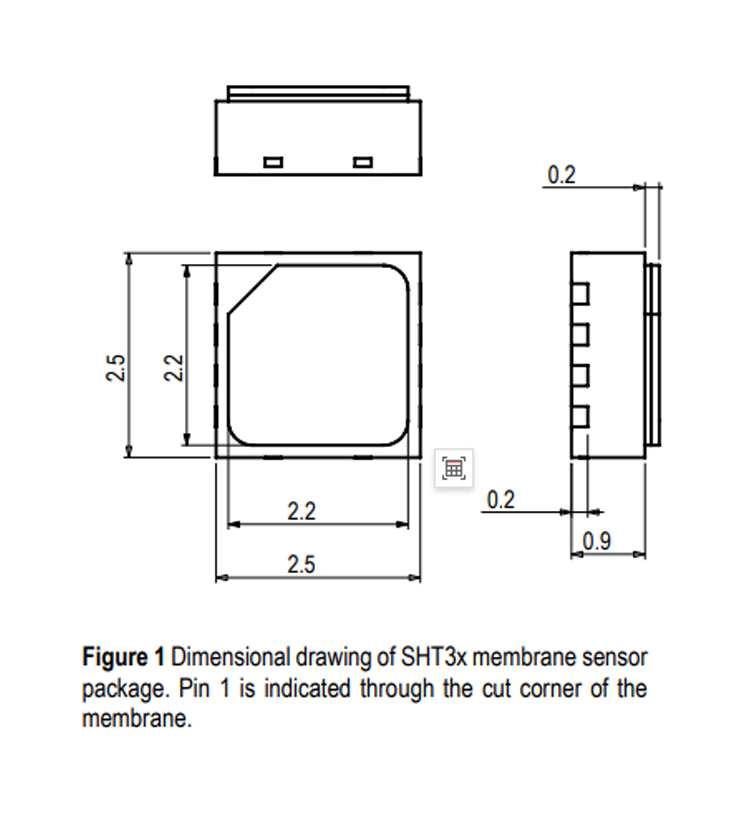
Chengdi technology co., Ltd. is a manufacturer specializing in researching, manufacturing, and sales of sensors, we located in Shenzhen, China.
Our products include pressure transmitters, pressure controllers, digital pressure gauges and other accessories such as circuit boards, modules, and headers, etc. They are widely used in the field of aviation & aerospace, national defense & military project, engineering machinery, railway & urban railway system, automotive electronics system, HVAC, air compressor, textile, petrochemical, coal mines and other industrial automation control.
Our products have been exported to more than 20 countries and regions such as US, Germany, Italy, UK, Russia, South Africa, Vietnam, South Korea, and India. We also provide OEM / ODM service for customers around the world.
We sincerely hope to create value for you through our quality products and professional services!Official website address:https://www.chengdis.com/